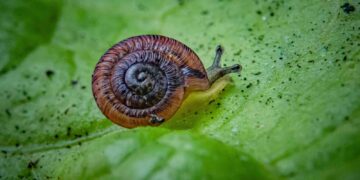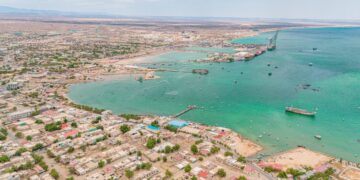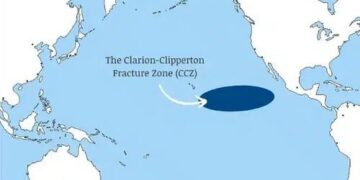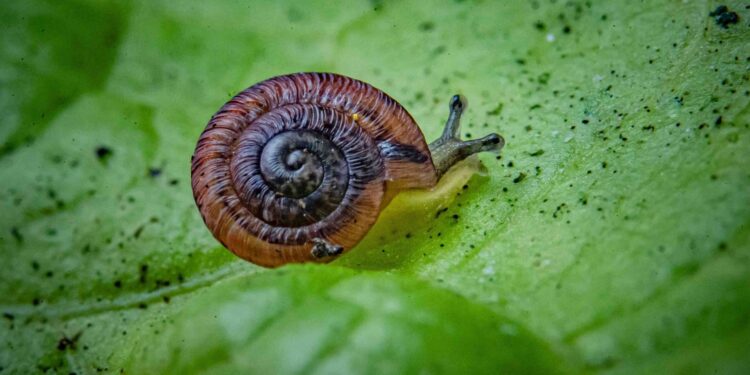These pea-sized snails, known as Deserta’s snail, were believed to be extinct for over 100 years. However, a recent discovery has brought hope for the survival of this rare species. The Deserta’s snail is native to the Desertas Islands, a small archipelago located off the coast of Madeira, Portugal.
The snail was thought to have disappeared due to habitat destruction and the introduction of non-native species to the islands. But a team of scientists and conservationists came across a small population of these snails during a recent expedition to the islands. This exciting discovery has sparked a new conservation effort to protect and reintroduce the Deserta’s snail back into the wild.
The Deserta’s snail is a fascinating creature, measuring only a few millimeters in size. Its distinctive shell has a beautiful spiral pattern, making it a unique and valuable species in the ecosystem of the Desertas Islands. These snails play a crucial role in maintaining the balance of the island’s ecosystem, and their return is essential for the overall health of the environment.
To ensure the survival of the Deserta’s snail, conservationists have established a breeding program to increase the population of these snails. Once the snails have reached a stable number, they will be released back into their natural habitat on the Desertas Islands. This effort aims to restore the population of these snails and prevent their extinction in the future.
The release of the Deserta’s snails into the wild is a significant milestone in the conservation of this rare species. It represents a triumph for conservationists and scientists who have worked tirelessly to protect these snails from extinction. The reintroduction of the snails is a crucial step towards preserving the biodiversity of the Desertas Islands and ensuring the survival of the unique species that call it home.
Portugal, the country where the Desertas Islands are located, plays a vital role in the conservation efforts for the Deserta’s snails. The government has supported the conservation programs and provided funding for research and monitoring of the snails. With the help of local authorities and international organizations, the conservationists are optimistic about the future of these pea-sized snails.
The release of the Deserta’s snails back into the wild is a momentous occasion for conservationists and nature lovers alike. It signifies a new beginning for this once thought to be extinct species, and a renewed hope for the preservation of biodiversity on the Desertas Islands. As these snails make their way back into the wild, they serve as a symbol of resilience and the power of conservation efforts to protect endangered species.
































































